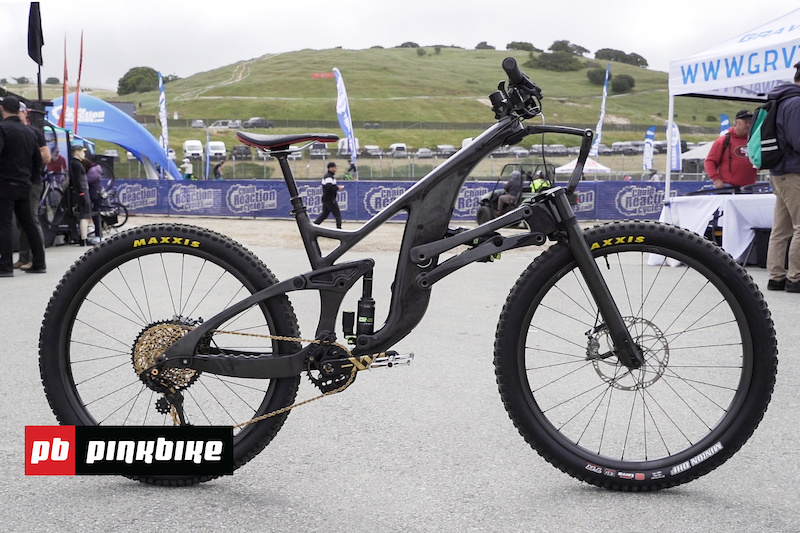Structure-Ryan
Likes Bikes
Thanks! I'm a bike nerd, just like the rest of you, and it's even more fun when I'm talking about a bike I helped design!I think I've grasped the concept now. This kind of feedback from the industry is fantastic!
Now, can it take a waterbottle, and what plans do you have for the future, and when the the Pinion Gearbox version coming to market?
I often edit my posts, which I understand makes it easy to miss the new information. From above: "As a fan of on-bike storage, it breaks my heart to have to tell you it's under the down tube. I'm working on squeezing one inside the main triangle on a future project, but don't hold your breath!"
The gearbox idea is very appealing. The ratio of sprung to unsprung mass is a huge problem with bike suspension performance and gearboxes are a great way to address it. This is why you'll notice every review of an e-bike *spits* mentions how good the suspension feels. You bet it does when there's four times as much mass stabilizing the sprung part of the chassis! I'm not convinced Pinion is the way to achieve this, though, as it's heavy, expensive, and - most damning - inefficient. I'm actually working on an idea that may be incorporated into a future model - again, don't hold your breath!


